Coffee Culture Around the Globe: You wobble to the kitchen early in the morning to grab that first cup of coffee before getting ready for work, drinking it alone, or spending time with a partner or roommate during breakfast. On the other side of the world, Ethiopians meet together to drink coffee to talk about life and bond. In Turkey, people drink their coffee and then tell their stories in the spilled coffee grounds.
Around the world, coffee is not just a wonderful, warming, eye-opening drink. It is a relationship builder, a people bonder, a cultural practice, and an element in ceremonies. It is a drink that crosses boundaries and is known to people of most cultures, unlike anything else.
Unless you plan on taking your cappuccino with hot coal anytime soon, drinking coffee in Italy is definitely not the same as drinking it in Indonesia. The past of coffee runs deep, and the river of cold brew runs wide.
Coffee Culture in Italy

Italian coffee is world famous for its superior taste, but drinking it in the coffee city is a very different experience to your humble cup of Joe in Britain. For a start, you won’t find streets decorated with chains, but rather several quaint cafés with lists consisting of coffees beyond what you’ll commonly find.
Italians are passionate about their brew, and as such, there are numerous rules that are usually followed – including a specific plan surrounding the best time to enjoy each beverage.
The morning starts with a Cappuccino, this wonderfully frothy coffee is usually drunk before 11am.
Caffe Macchiato in afternoon. This Italian coffee includes much less milk than other types and is generally served in a demitasse cup. Due to its smaller size, it’s not unusual for a few cups to be sipped throughout the afternoon.
After dinner, Espresso’s are common place, but be careful – it’s not called a Espresso in Italy! Called Caffe (coffee), or Caffe Normale (normal coffee), this type is served black and enjoyed in small doses. It’s likely you’ll discover people drinking it all throughout the day, however it’s often the go to after dinner drink.
Ethiopian Coffee Ceremony
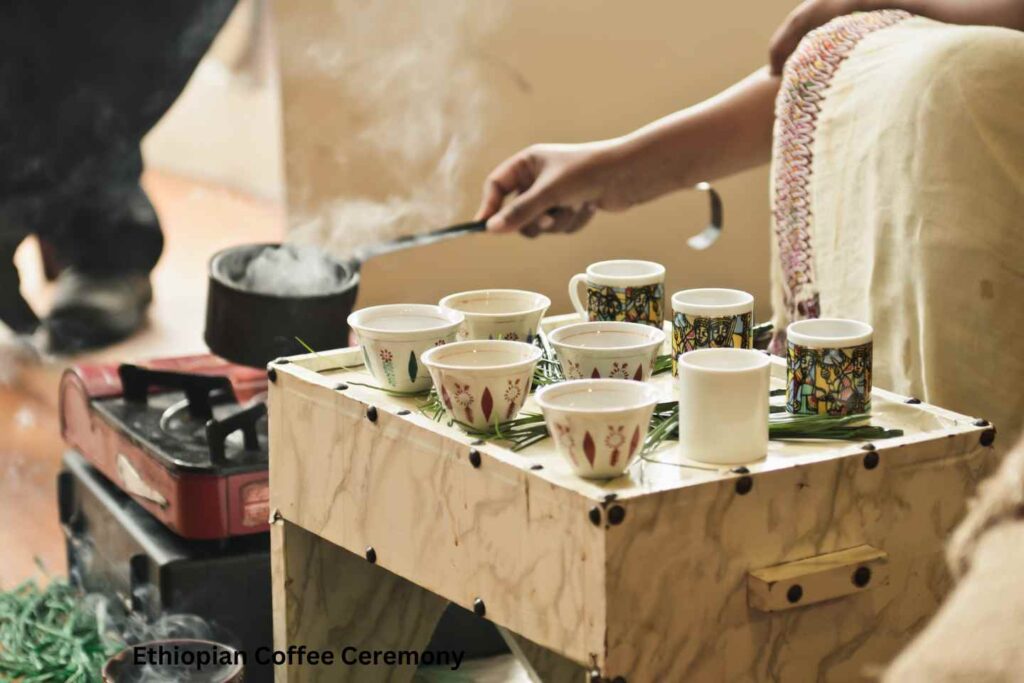
The coffee ceremony likewise begins with raw coffee beans, which are washed and then cooked over a fire or stove. In certain Ethiopian houses, the coffee ceremony is done three times each day by a female member of the family.
She often starts by laying fresh flowers and grass on the floor or ground, while burning incense (frankincense, myrrh, and sandalwood are common alternatives) to make the air even more fragrant. Then, she roasts the coffee beans in a long-handled pan until they’re black and greasy, and asks people to come closer and relish the scent.
The hostess then grinds the coffee using a mortar and pestle, and adds it to water that’s boiling in a coffeepot called a jebena. When it’s completed boiling, she raises the jebena high in the air and pours the coffee into little cups (a high, delicate pour catches most of the grinds in the bottom of the jebena).
Pouring correctly demands talent and elegance. Often, each cup is served with a heaping dollop of sugar and a snack of fresh popcorn. Guests often drink three rounds of coffee, using the same grounds. The third cup is supposed to deliver a blessing.
Sharing wonderful, laboriously brewed coffee provides as a chance to catch up with friends and amuse visitors. The dreamy fragrance of incense and coffee, mixed with the rush of caffeine and discussion, makes everyone more willing to remain.
Japanese Coffee Culture
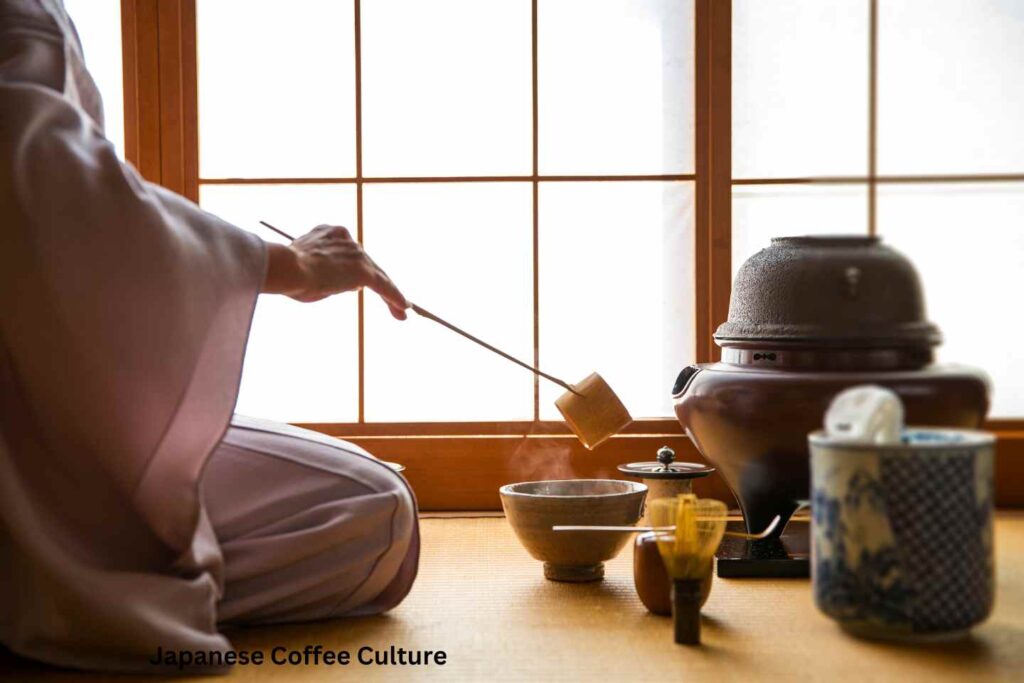
Japan loves coffee and it plays an important part in their culinary culture. While Japan’s coffee masters and independent kissaten have made some of the best coffee in the world and built specific social venues to enjoy it, the country has also pioneered inexpensive, mass-produced coffee for the nation’s busy, industrious, and often on-the-go populous.
This includes canned coffee, which is something that Japan initially offered to the globe. As such, there are dozens of various varieties of coffee accessible in Japan.
As well as the traditional cold brews, lattes, espressos, and more to sample, here are a few extra variations to watch out for – tinned coffee (cheap and great for people on the road); iced coffee (strong coffee in tall glass with ice cubes – with or without gomme sugar syrup; coffee fresh (this is coffee with a pot of cream); and more.
An intriguing coffee-related ritual that to be aware of while visiting Japan is called ‘morning service’ and this is where you may get a complimentary breakfast, including toast, eggs, and salad, when you purchase a coffee.
While coffee is available in Japan and fantastic value for the most part, the nation is also leading the way in high-end coffee experiences too – effectively the ‘fine dining’ of the coffee industry.
You’ll discover this if you visit the coffee shop known as ‘Cokuun’ in Omotesando, Tokyo. Read more about what makes this coffee business so distinctive in our list below. In recent years, the city’s once industrial Kiyosumi-Shirakawa district in the east has become one of the heart of the country’s growing coffee culture as young, ambitious roasters came into the region.
Historical Significance in Turkey
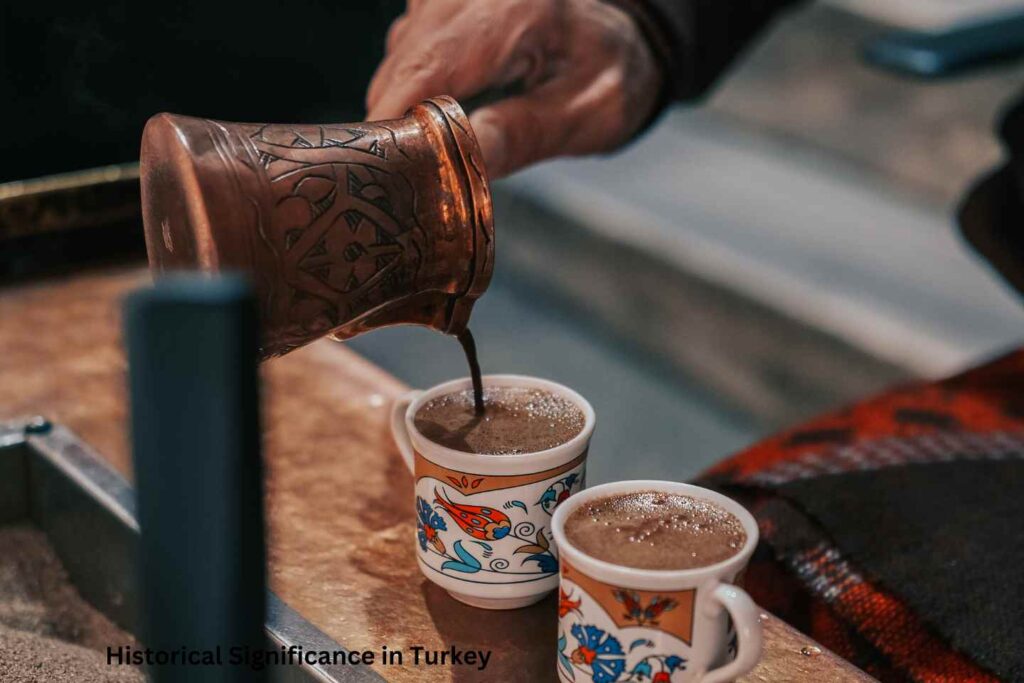
The origins of Turkish coffee go all the way back to 1555, when it was introduced to Istanbul by Syrian merchants. Then, by the mid-17th century, it became a vital component of the Ottoman Court’s ceremonial and the Sultan would be given ceremonious coffee by his own personal coffee makers.
Interestingly, in today’s world, components of this ritual still survive and its typical when a woman’s hand in marriage is asked for, for the bride to be to make and serve coffee for her family and possible spouse. The myth says that if she brews it correctly, she’s ready to get married.
Coffeehouses arrived to Turkey roughly five centuries ago, originating in the Tahtakale area. These restaurants originated as social meeting spaces, exclusively for males, with women often enjoying the drink at home. The coffeehouses of Turkey were also an essential component in preserving the country’s oral history, as they were venues of storytelling and folklore throughout the Ottoman Empire.
Brazilian Coffee Culture
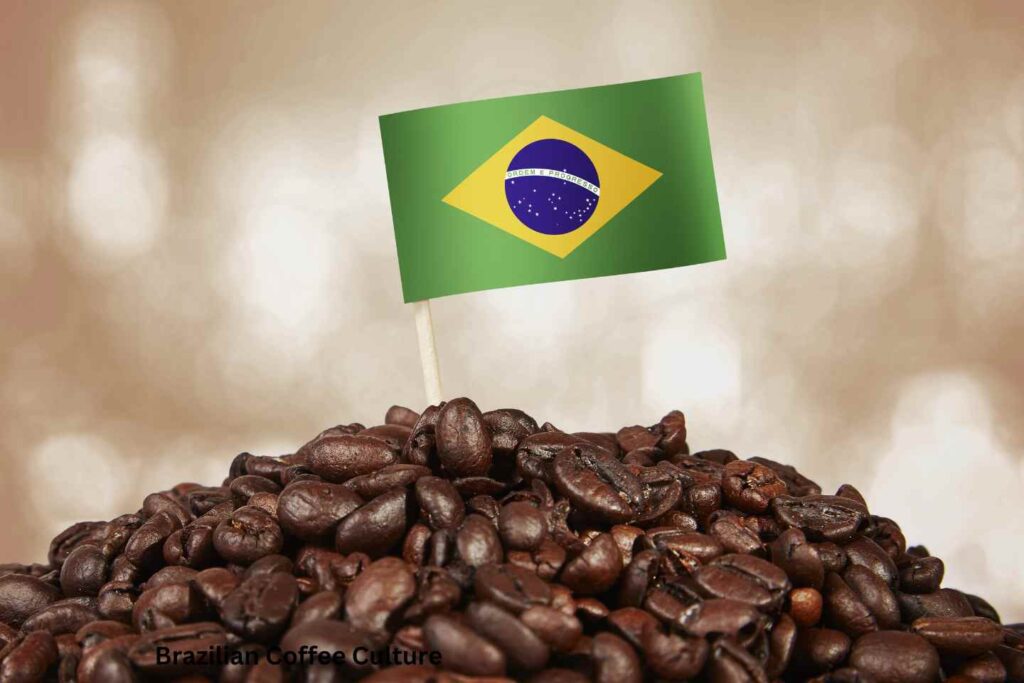
Coffee in Brazil is eaten fairly often. From waking up to retiring to sleep, coffee is sipped at each moment imaginable, so much so that the term cafezinho, which means ‘small coffee’ is virtually used as a welcome greeting.
Cafezinho is the most frequent kind of coffee style offered in Brazil. It comes in a little cup, is filtered, and is served extremely hot. Brazilians boil water then add coffee and serve it at extraordinarily scorching temperatures.
Because Brazilians consume coffee so often, they drink it in little glasses and prefer to use a lesser grade coffee than the high quality beans that they export out of the nation, because it would be costly to drink that much. But the coffee they consume is still of a high grade and decent quality.
In numerous places, including as gas stations and many restaurants where you pay a predetermined meal price, coffee is supplied for free. Often at gas stations you’ll find a coffee machine and a stack of little cups, enabling you to help yourself to a quick cafezinho while you pay for your fuel.
Evolution of European Coffee Houses
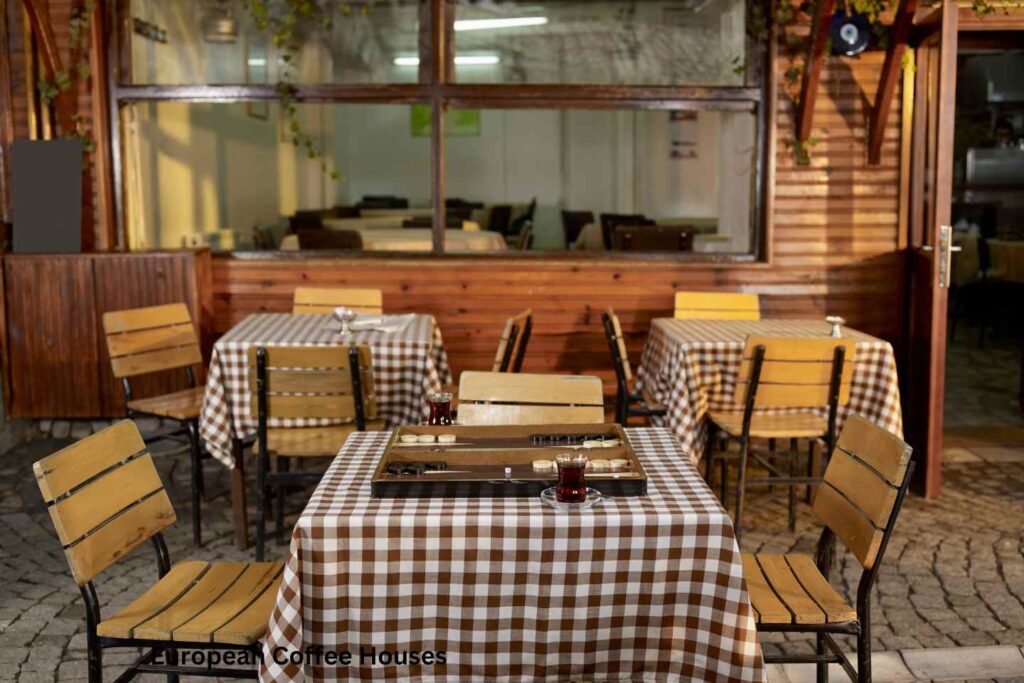
Coffee businesses continued to grow, with the first one starting up in Britain in 1652. Though its popularity was expanding in Europe, the notion came in England again via Turkey. An English merchant who dealt in Turkish commodities (including coffee) had two of his staff quit him, to go into business for himself. “The Turk’s Head” coffee house was founded.
It was at an English coffee establishment that the term “tips” was first employed for gratuities. A jar with a sign stating, “To Insure Prompt Service” was on the counter. You put a penny in the jar to be served immediately.
The British termed their coffee establishments, “penny universities. It ultimately became the still-operating Lloyd’s of London insurance corporation.
From then, the notion expanded farther across Europe; Italy in 1654 and finally Paris in 1672. Germany accepted the coffee shop for the first time in 1673.
Also read :
- What is single-origin coffee and why is it costly
- Delicious Marshmallow Macchiato Recipe – A Heavenly Treat

